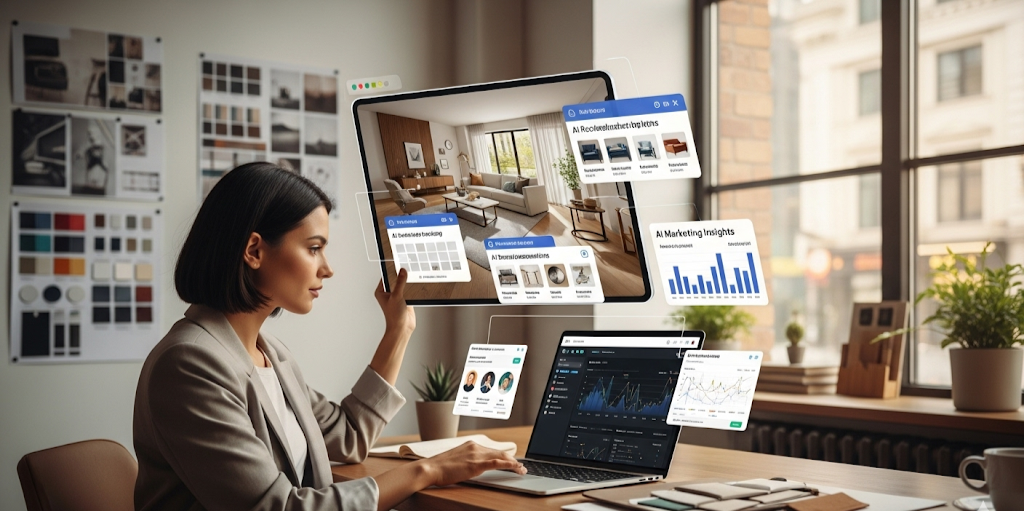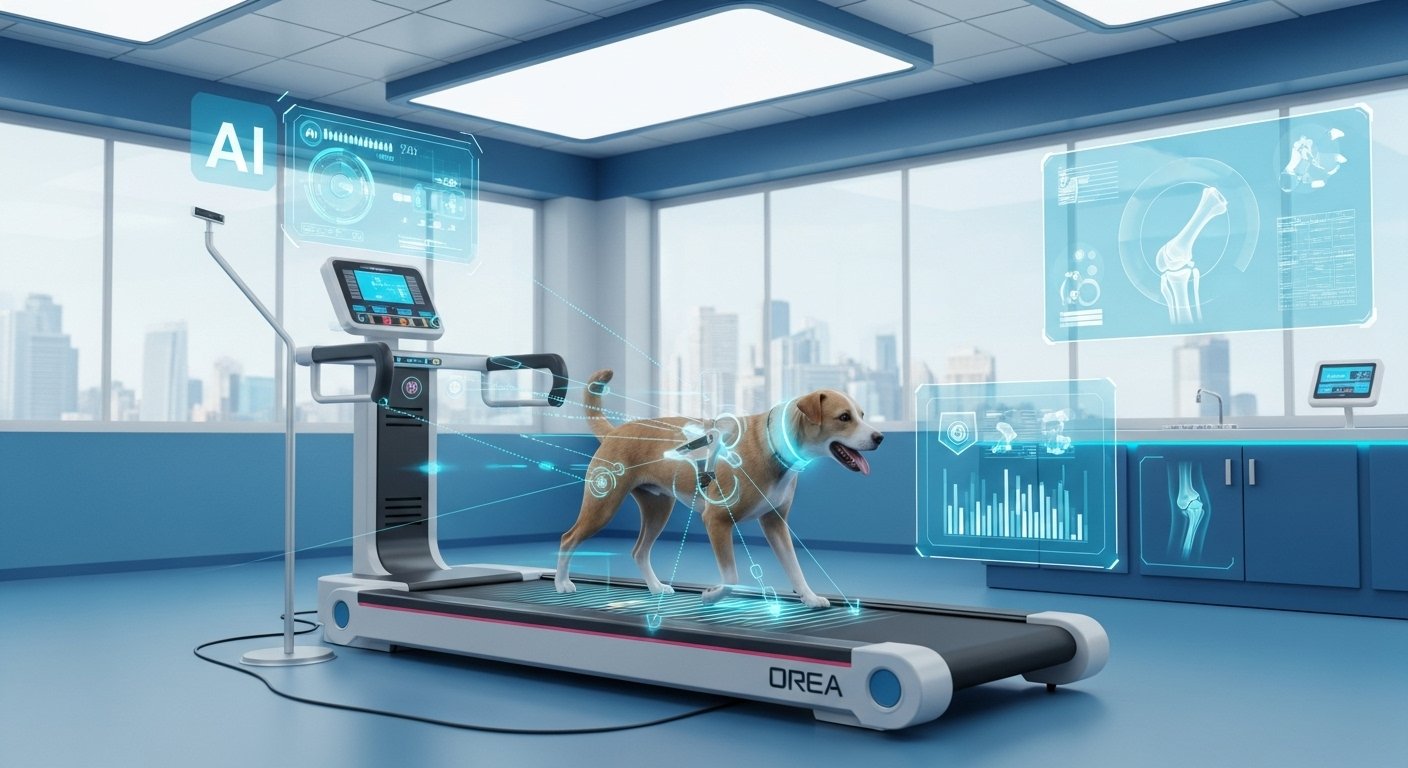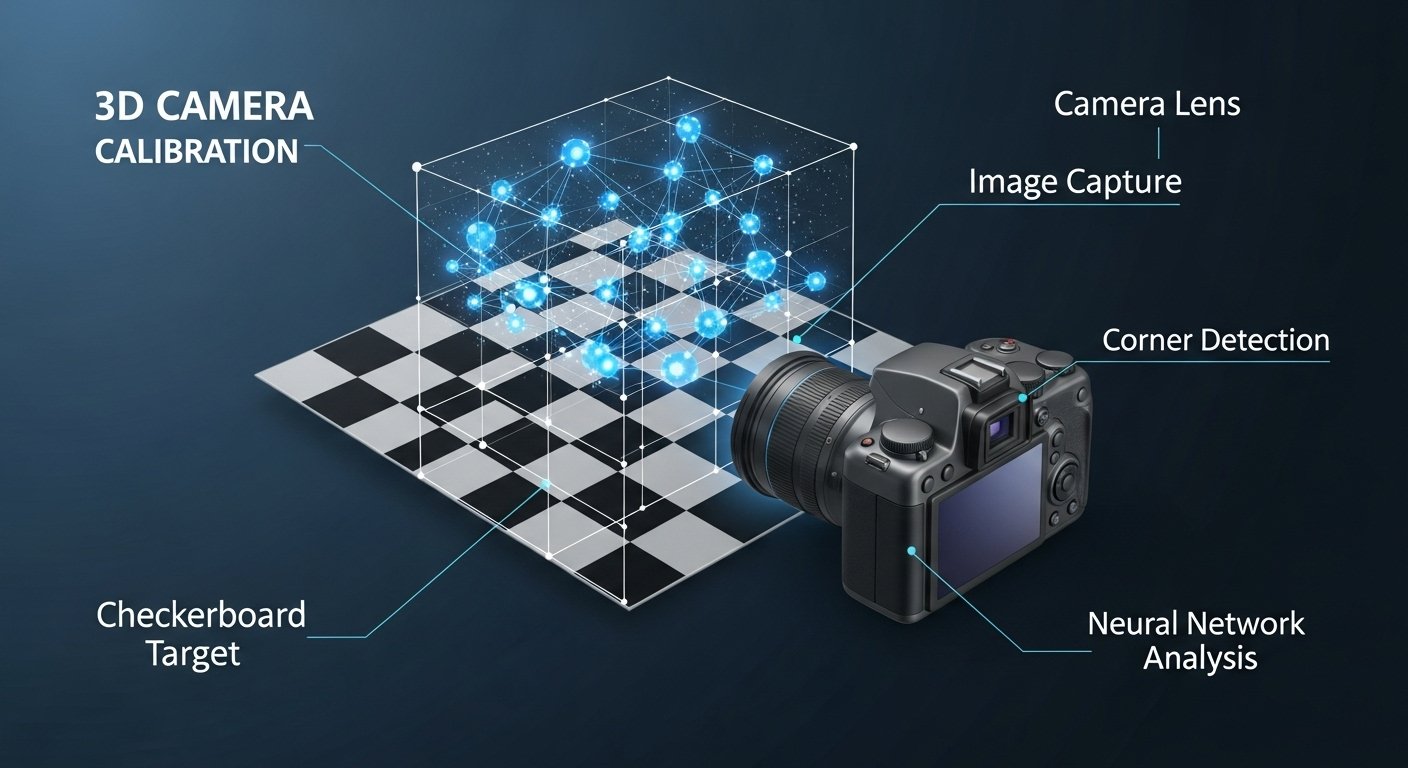The interior design business has always been about creativity, beauty, and bringing spaces to life. But in today’s digital world, talent alone is not enough. You need smart marketing to attract clients, showcase your work, and stay ahead of the competition.
This is where AI (Artificial Intelligence) marketing tools come in. From creating beautiful visuals to running ad campaigns and writing content, AI can save you hours of effort and help you grow faster. In this article, we’ll explore how AI tools can support your interior design business, the best options available, and how you can use them effectively.
Why AI Matters in Interior Design Marketing
AI is not here to replace creativity — it’s here to make your work easier. Imagine having a digital assistant that helps you create professional visuals, write social media captions, optimize your website for Google, and even manage client communication.
For interior designers, this means:
-
Saving time on repetitive tasks.
-
Creating stunning visuals to impress clients.
-
Reaching new customers through smarter ads and SEO.
-
Engaging clients with personalized emails and chatbots.
Instead of doing everything manually, you can let AI handle the heavy lifting so you can focus on design and creativity.
Categories of AI Tools for Interior Design Marketing
1. AI Design & Visualization Tools
Your clients want to see how their home or office will look before making a decision. AI tools make this easy:
-
Planner 5D – Build floor plans, 3D renders, and even VR walkthroughs.
-
RoomGPT – Upload a room photo and instantly see it redesigned in different styles.
-
Midjourney – Generate mood boards and creative design ideas just by typing descriptions.
👉 Benefit: Quick visuals that wow clients and also work great for social media posts.
2. AI Content & Copywriting Tools
Marketing is about telling your story. But writing blogs, ads, or captions every day can be exhausting. AI content tools can help:
-
ChatGPT / Jasper – Write blogs, Pinterest descriptions, Instagram captions, or email newsletters.
-
Copy.ai – Generate catchy ad copy and website content in seconds.
👉 Benefit: Consistent and engaging content that keeps your brand active online without spending hours.
3. AI Graphic Design & Branding Tools
Every interior design business needs strong branding. Luckily, AI makes designing easy:
-
Canva (AI features) – Create social media graphics, reels, and flyers with templates.
-
Adobe Express – More professional designs like posters, brochures, and ads.
-
Kittl – AI-powered logos and branding elements.
👉 Benefit: Professional marketing materials without hiring expensive designers.
4. AI Social Media & Ads Management Tools
Social media is where most clients will first discover you. AI can help you post consistently and run smarter ads:
-
Omneky – AI-driven ad creation and testing across Facebook, Instagram, TikTok, and Google.
-
LatelyAI – Turns long content (like a blog or video) into multiple short social posts.
-
Buffer with AI – Schedules posts and suggests the best posting times.
👉 Benefit: Automated posting and better ad results without extra effort.
5. AI SEO & Analytics Tools
If you want clients to find you on Google, SEO is essential. AI makes it simpler:
-
SurferSEO – Helps you write blogs with the right keywords for higher ranking.
-
SEMRush / Ahrefs – AI-powered keyword research and competitor analysis.
-
HubSpot AI – Tracks marketing performance and client behavior.
👉 Benefit: More organic traffic and stronger online presence.
6. AI Client Engagement & Business Tools
Good marketing doesn’t stop when someone visits your website — you need to engage them:
-
Sellful – All-in-one platform with CRM, invoicing, scheduling, and email marketing.
-
Tidio / Drift Chatbots – Chatbots that answer client questions instantly.
-
Mailchimp AI – Personalized emails that keep clients updated and connected.
👉 Benefit: Professional communication and smooth client experience.
How to Use AI Marketing Tools in Interior Design
Here’s a simple step-by-step way to use these tools:
1. For Social Media Growth
- Design posts with Canva.
- Write captions with ChatGPT.
- Schedule with Buffer.
- Run ads using Omneky.
2. For Client Attraction
- Show before-and-after designs using RoomGPT.
- Share case studies written with AI.
- Post blogs optimized with SurferSEO.
3. For Branding
- Use Kittl or Adobe Express for logos and templates.
- Keep a consistent brand look across all platforms.
4. For Customer Support & Sales
- Set up a chatbot to answer FAQs.
- Automate follow-up emails with Mailchimp.
- Use Sellful to manage clients and payments.
Benefits of AI in Interior Design Marketing
-
Saves hours of manual work.
-
Produces professional visuals quickly.
-
Runs cost-effective ads with better targeting.
-
Brings in more website traffic through SEO.
-
Delivers a modern, high-tech experience that clients love.
Challenges to Keep in Mind
-
AI should support your creativity, not replace it.
-
Always edit AI-generated content to sound natural.
-
Choose tools wisely — some can be costly.
-
Remember: clients value the human touch, so balance AI with personal connection.
Future of AI in Interior Design Marketing
The future looks exciting! Soon, we’ll see:
-
AI that predicts design trends.
-
Virtual reality (VR) and augmented reality (AR) for real-time walkthroughs.
-
More personalized marketing based on client preferences.
Conclusion
AI marketing tools are no longer just “nice to have” — they are becoming essential for interior design businesses that want to grow in today’s digital world. From creating stunning visuals to running smart ads and keeping clients engaged, AI can give you a huge advantage.
The best part? You don’t need to use everything at once. Start small with 2–3 tools (like Canva, RoomGPT, and SurferSEO) and grow step by step. Combine these tools with your personal creativity, and you’ll build a strong, modern brand that attracts the right clients.
Call Action
Try one AI marketing tool this week for your interior design business. Whether it’s making your first AI-powered design mockup or scheduling posts with Buffer, take action today — because the sooner you start, the faster you’ll grow.
FAQs
What are the best AI marketing tools interior design business can use?
The best AI marketing tools interior design business owners can try include Canva for graphics, RoomGPT for design visuals, SurferSEO for blog optimization, and Omneky for ad campaigns.
How can AI marketing tools interior design business save time?
AI tools can automate tasks like creating social media posts, generating ad copy, designing visuals, and scheduling content, which saves interior designers hours every week.
Do AI marketing tools interior design business improve client engagement?
Yes, AI chatbots, email automation, and personalized content tools help interior design businesses engage clients 24/7 and provide faster, more professional communication.
Are AI marketing tools interior design business friendly for small firms?
Absolutely. Many AI marketing tools are budget-friendly, easy to use, and perfect for small interior design firms that want to compete with larger companies.
What future trends will AI marketing tools interior design business bring?
Future AI trends include virtual reality (VR) design walkthroughs, AR room previews, AI-driven trend predictions, and even more personalized marketing strategies.








Leave a Reply